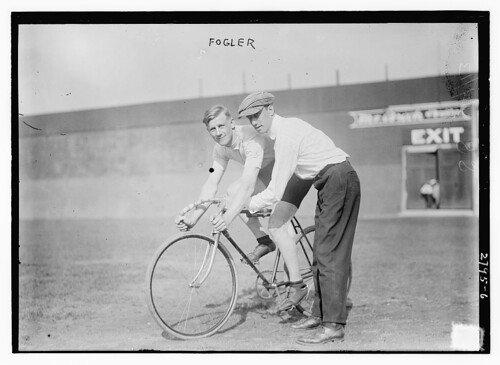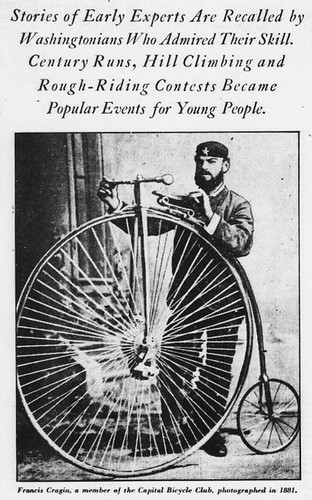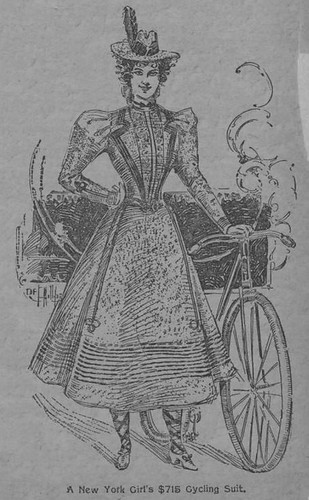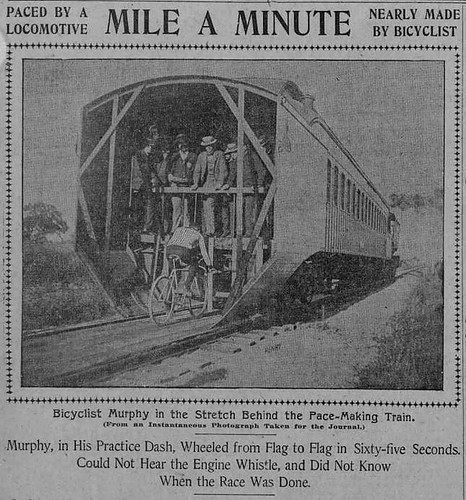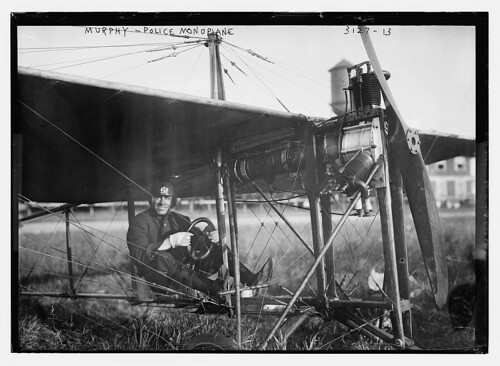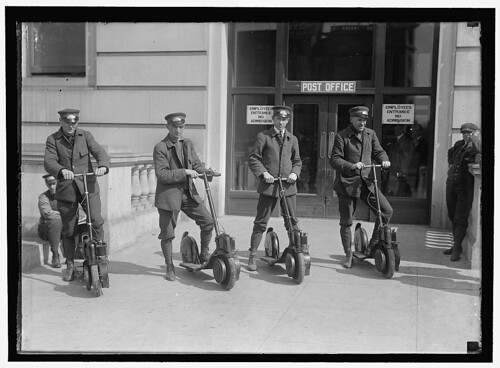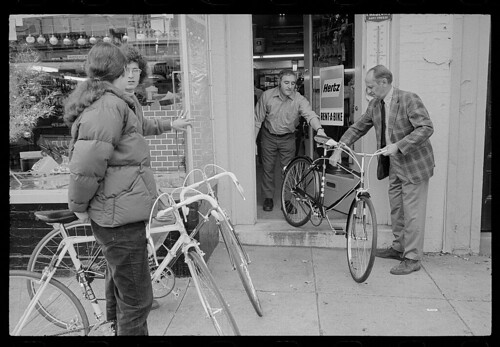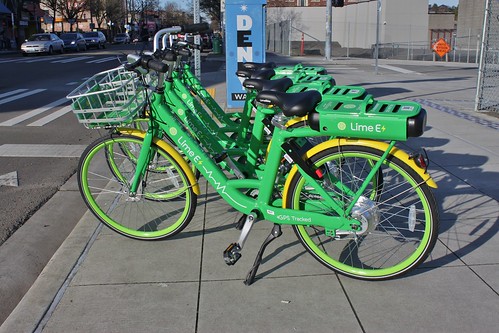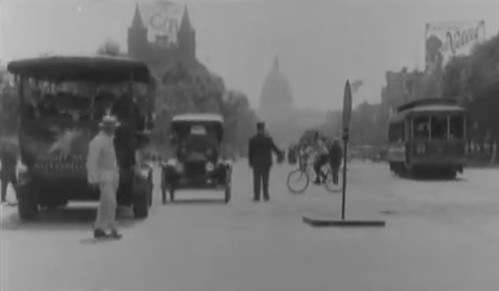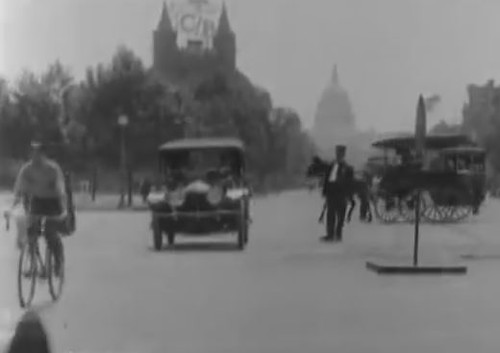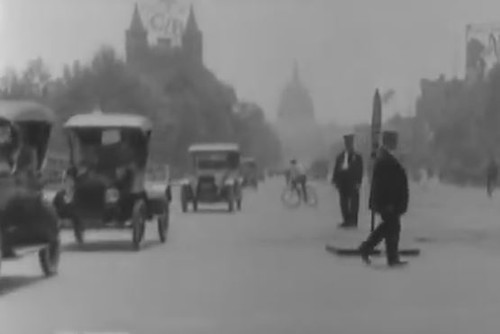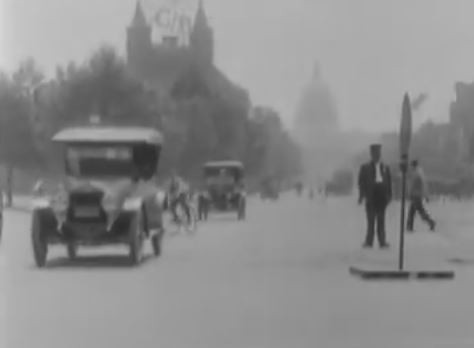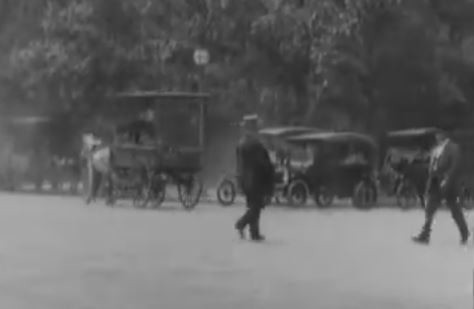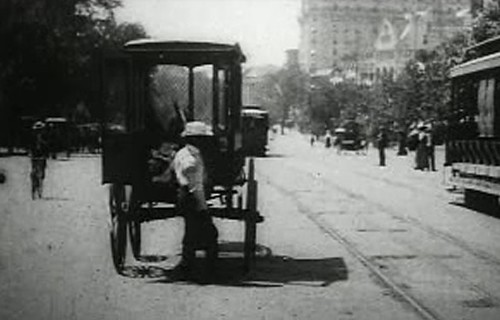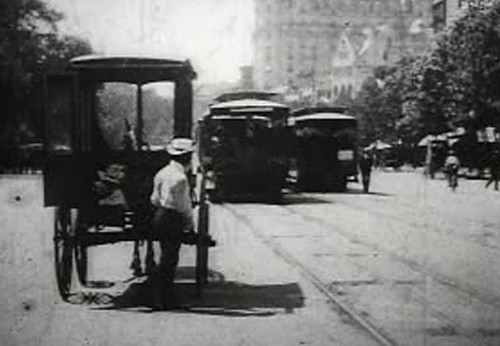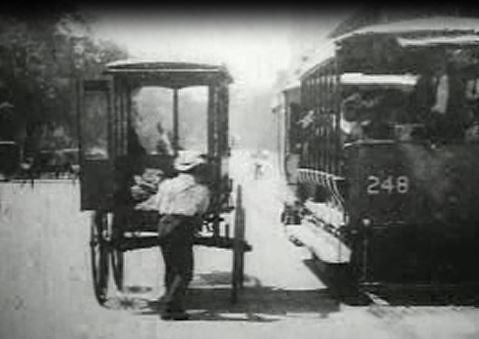My rating:
4 of 5 stars
Mikael Colville-Andersen has a strong set of views about urban cycling - I'm not sure I agree with all of them but it seems good to have a person able to voice a positive approach for urban cycling infrastructure and changes in attitudes so clearly.
http://www.copenhagenize.com/ the web site for Colville-Andersen's cycling infrastructure consulting company (in English) gives some flavor for what the book is like. Colville-Andersen is Danish but grew up in Canada, so he writes in English (as well as Danish . . .).
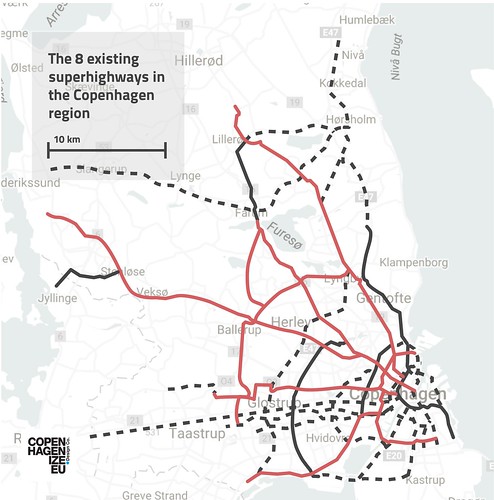 Photo of Copenhagen bicycle "superhighways" - CC license by Colville-Andersen from his Flickr account https://www.flickr.com/photos/16nine
Photo of Copenhagen bicycle "superhighways" - CC license by Colville-Andersen from his Flickr account https://www.flickr.com/photos/16nine
Here is the table of contents - the book is in three sections.
Introduction
1. The Life-Sized City
2. Bicycle Urbanism by Design
3. The Bicycle's Role in Urban Life
4. The Redemocratization of Cycling
5. Taming the Bull in Society's China Shop
The Learning Curve
6. Copenhagen's Journey
7. Climaphobia and Vacuum-Packed Cities
8. Arrogance of Space
9. Mythbusting
10. Architecture
11. Desire Lines & Understanding Behavior
12. A Secret Cycling Language
13. A2Bism
14. The Art of Gathering Data
The Toolbox
15. Best-Practice Design & Infrastructure
16. Prioritizing Cycling
17. Design & Innovation
18. Cargo Bike Logistics
19. Curating Transferable Ideas
20. Communication & Advocacy
Conclusion
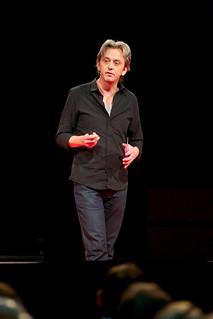 Colville-Andersen speaking at a TEDX conference, from Flickr user TEDx Zurich
Colville-Andersen speaking at a TEDX conference, from Flickr user TEDx Zurich
Most of the positive examples are taken from Europe, with some mention of Japan. From north America, Montreal and Washington DC are mentioned the most - I don't think either Seattle or Portland OR are mentioned. (The book does not have an index.)
As an American who favors development of better infrastructure for cycling along the lines of what is described here, the distance we have to go to get there is distressing. Also, according to Colville-Andersen, as a bicycle nut I am not the ideal advocate - that advocacy for cycling does better when it comes from "regular" people. Hmm.
Much of the current DC area bike cycling measures do not meet Colville-Andersen's approval - in fact, the center-0f-the-road bidirectional cycle track on Pennsylvania Avenue is specifically taken as an example of what not to do - of what is done by people who think they know what to do but who have really really bad ideas. DC provides several other such examples, alas - I agree with his analysis completely.
It was fairly late in the book, but there is some discussion of "vehicular bicycling" which was a theory from the 1960s onward that advocated strongly for cyclists to use the same infrastructure as motorists - which he dismisses easily enough. He also has a brief discussion of e-bikes - he is generally not thrilled with their typical use at relatively high speeds, creating a new hazard for other cyclists and even more so for themselves.
There is a brief discussion of bikeshare as a good "last mile" measure but dockless bikeshare is so new (outside of China) that it isn't mentioned - suggesting to me at least that even though bicycles have been around for more than a hundred years, we are having a period of change or evolution. Interesting.
The books is readable. The author as noted has strong views, but doesn't (in my view) hit the reader too hard over the head with them.
An odd complaint - the typeface used in the text for the book has very fine lines and I discovered my lighting setup for reading in bed wasn't enough to let me read this book comfortably, which was a surprise. I felt it was a kind of ironic statement that a book that advocates simple intuitive designs in one area (urban cycling infrastructure design) failed the test of simple access this way, making the book more difficult to read because of some font-fashion decision. (I read a lot - this is an unusual problem for me to have.)
There is a lot here to try to get one's head around - I should likely read this again in a few months.
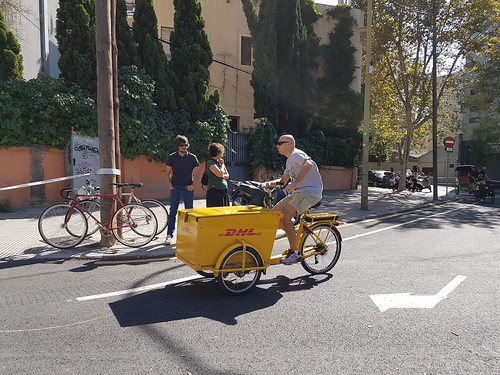 Photo of cargo bikes racing - CC license by Colville-Andersen from his Flickr account https://www.flickr.com/photos/16nine
View all my reviews
Photo of cargo bikes racing - CC license by Colville-Andersen from his Flickr account https://www.flickr.com/photos/16nine
View all my reviews
 American Pro: The True Story of Bike Racing in America by Jamie Smith
American Pro: The True Story of Bike Racing in America by Jamie Smith

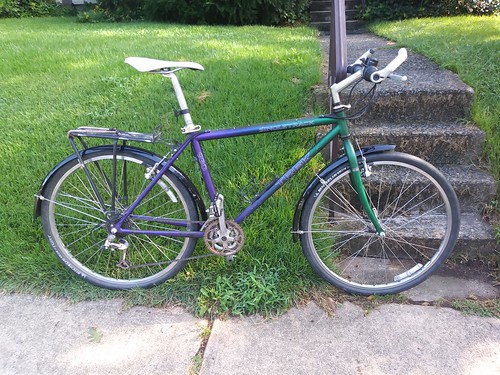
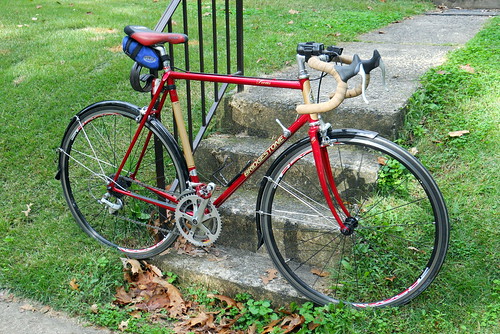

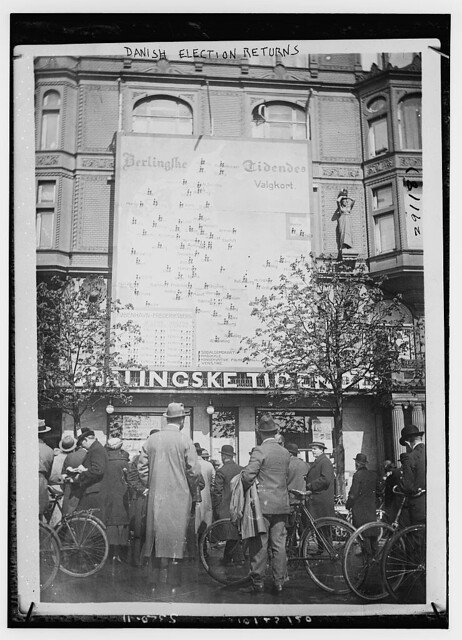

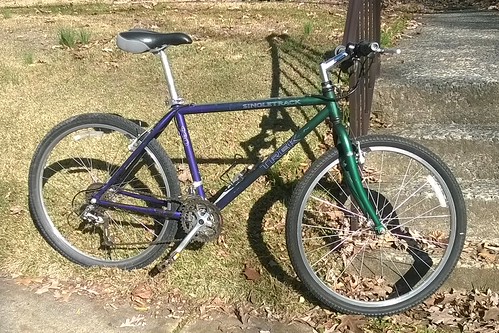
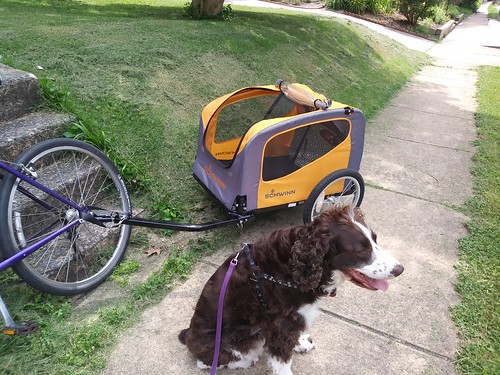
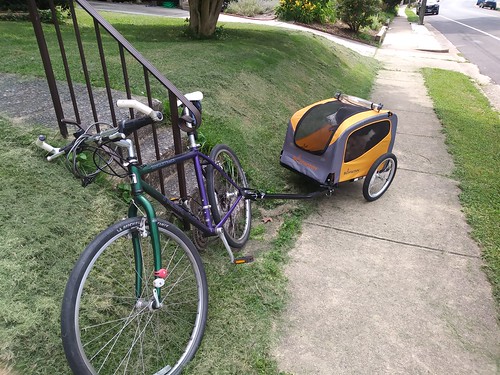


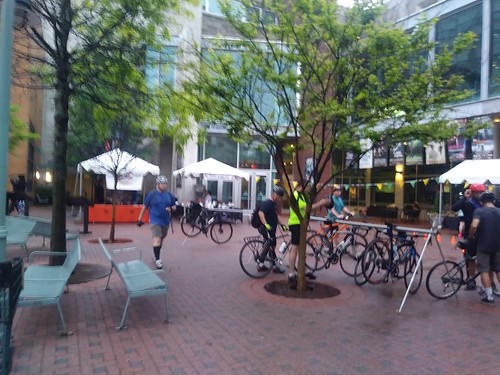




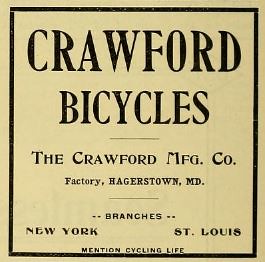
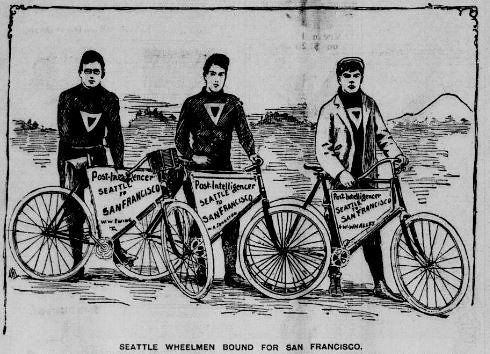


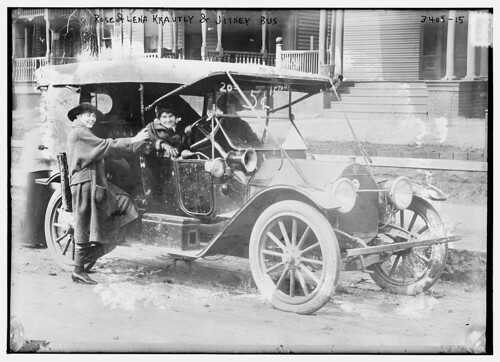

![Crippled German soldier [on bicycle] (LOC)](https://farm1.staticflickr.com/577/22211914854_348b929476.jpg)
